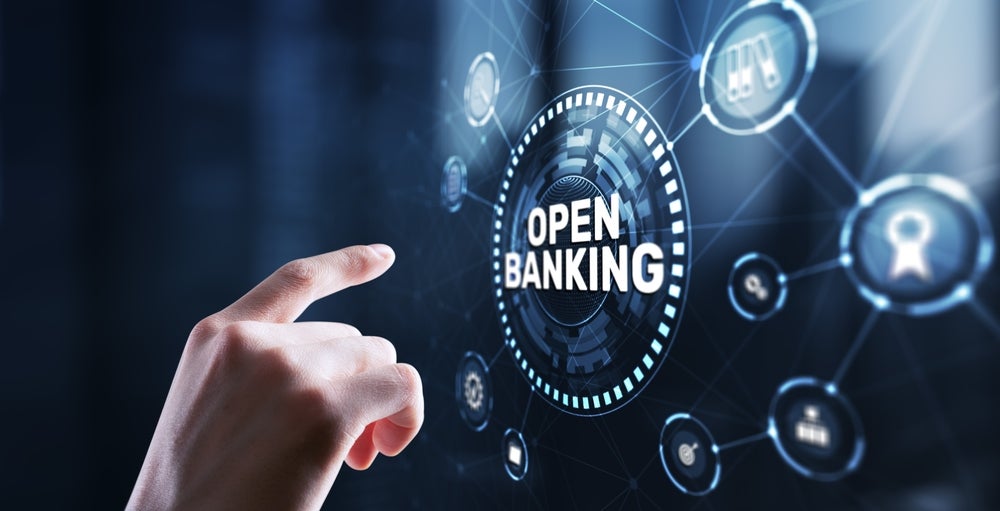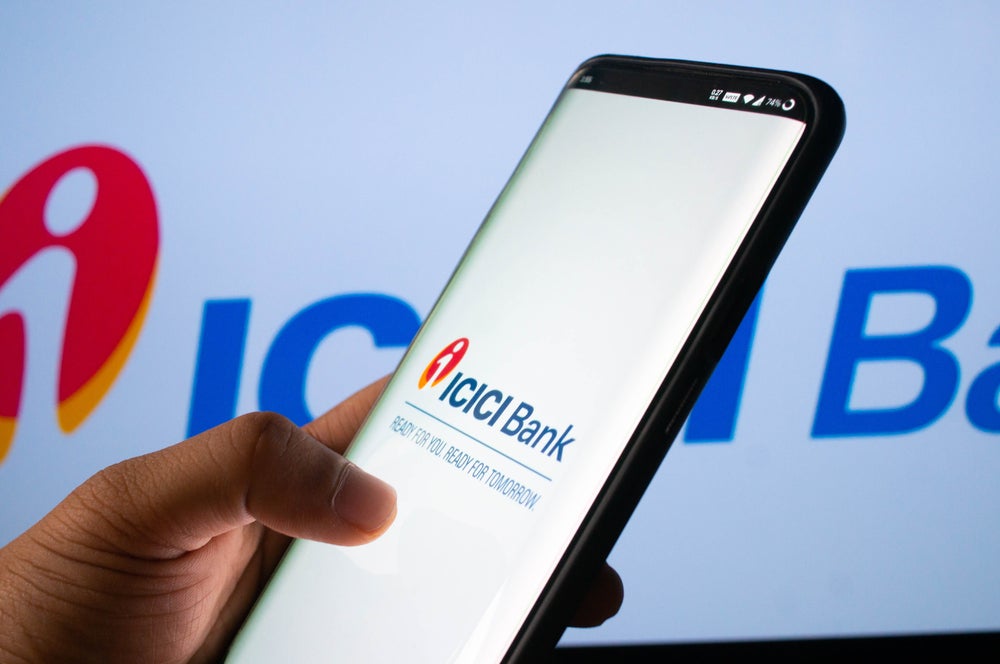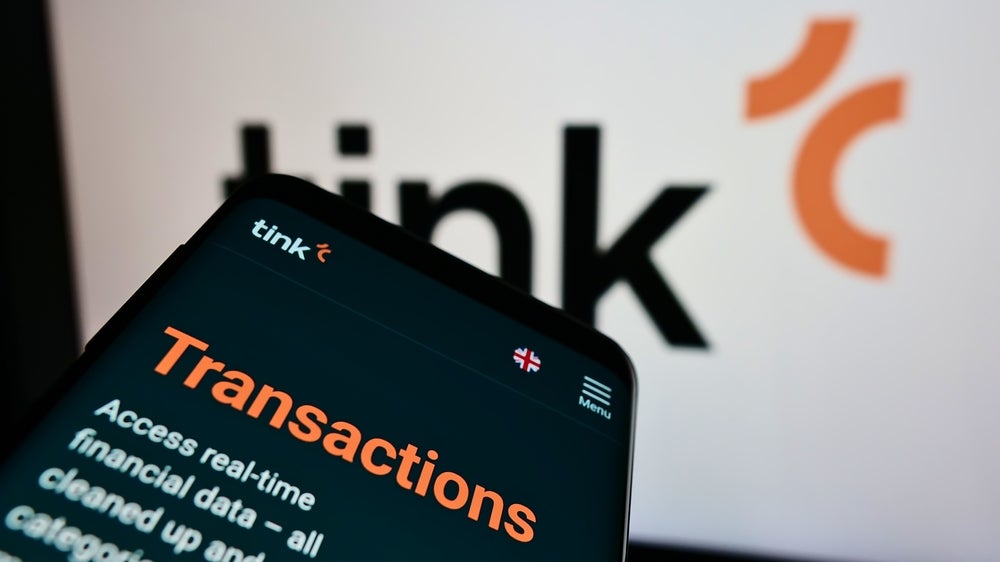The launch of Apple Pay in the first market outside the states has been hotly anticipated by the payments industry (and the odd Apple aficionado). Anna Milne, EPI’s advisory board and other industry experts examine the potential to evolve the mobile payments industry in the UK market, in comparison to the US
Apple Pay has launched in the UK, making this market the second international region to receive the service after its debut in the US in late 2014, alongside the roll out of the iPhone 6.
In terms of vendor compatibility, the UK is far more prepared at launch than its US counterparts. Contactless payments are already becoming more mainstream as the vast majority of the UK’s major retailers have NFC terminals installed, and Apple Pay is compatible with any terminal that already accepts contactless payments.
Apple Pay acts as a mobile wallet and comes in after rival wallet services, such as Google Wallet, have had limited adoption rates. However, Apple Pay’s UK entrance is likely to spur adoption of competitors as well. According to Ars Technica, Google Wallet registered a 50% increase in transaction volume in the two months following the announcement of Apple Pay US. The number of new Google Wallet users also doubled during the same period.
Some US retailers have used Apple Pay as an incentive to upgrade their point of sale (POS) terminals to EMV/contactless, away from mag stripe yet uptake remains slow among non-Apple partners and it has been difficult for consumers to rely on Apple Pay as a wallet replacement solution.
Given the total UK iOS market share of 36.8%, as of end May 2015, according to Kantar, it is unlikely that Apple Pay will be a significant disruptor to the payments industry at launch as users will have to own one of the latest models of iPhone, iPad or Apple Watch to use the service.
How well do you really know your competitors?
Access the most comprehensive Company Profiles on the market, powered by GlobalData. Save hours of research. Gain competitive edge.

Thank you!
Your download email will arrive shortly
Not ready to buy yet? Download a free sample
We are confident about the unique quality of our Company Profiles. However, we want you to make the most beneficial decision for your business, so we offer a free sample that you can download by submitting the below form
By GlobalData
Launch Support
Apple Pay is supported by all major UK banks, bar Barclays. The latter has announced it will support in due course. Barclays is currently pushing its bPay contactless payment technology, which includes a wristband, key fob (into which you insert an NFC chip) and a mobile phone NFC sticker.
Transport for London (TfL) is a key launch partner. The London transport network has been a great vehicle for contactless payments through its Oyster prepaid cards and more recently, its acceptance of contactless debit and credit cards. Interestingly, US Apple Pay users have already been using it on the network, as TfL’s Shashi Verma confirmed at a MasterCard workshop in June.
Apple Pay does not disrupt the four-party scheme model and, at least in the short term, is expected to be beneficial for card networks, banks, acquirers, POS vendors, and even its direct competitors.

Apple Pay comes at a cost for card issuers- 0.15% per credit card and $0.005 per debit card transaction in the US. These figures are as yet unclear for the UK market. Yet issuers are willing to absorb the extra cost due to expections of decreased card fraud and an overall increase in card transaction volume.
How it works
Users store existing credit and debit cards on their Apple devices via the iOS Passbook app. Card details can be entered manually or by uploading a photo using the device’s camera.
Once a card has been authenticated, its details are not stored on Apple’s servers. Instead of the user’s actual credit or debit card numbers being stored on the device, a unique 16 digit Device Account Number (DAN) is assigned, encrypted and securely stored in the Secure Element (SE), a dedicated chip in iPhone, iPad and Apple Watch.
The DAN is issued for each card by a token service provider such as Visa, MasterCard or American Express, to emulate the actual card.
Tokenisation
Payment is made using tokenisation. These tokens can only be recognised by authorised parties such as card networks, and conform to EMVCo’s tokenisation guidelines. When a transaction is initiated, the SE also generates a one-time dynamic security code to authenticate the payment, which substitutes the Card Verification Value (CVV) and ensures that the transaction is carried out through a genuine device.
Aside from restricting skimming, the tokenisation feature also prevents card details being shared with merchants, which substantially mitigates the risk of fraud such as identity theft and data breach.
Security
Moreover, iPhone and iPad transactions are verified by Touch ID, and Apple Watch transactions are authenticated by skin contact and password entry. These biometric protection features reduce fraud risk resulting from lost or stolen devices.
Once the payment has been accepted, the device vibrates to acknowledge that the sale has been completed. Apple Pay’s robust encryption and data protection allows card issuers to assume fraud liability.
If a user’s device is stolen, all payments can be suspended via use of the Find My iPhone app, which can be accessed remotely from a PC or Mac. As card details are not stored on the device, there is no need for a user to cancel their cards.
Fraud risk
The Apple Pay payment mechanism is such that consumers’ details cannot be stolen by hacking into a payment terminal. However, there have been concerns over fraudsters using the Passbook app and an iPhone’s camera to authenticate stolen cards. Cherian Abraham, mobile commerce and payments expert and industry consultant who works with banks and retailers on mobile payments strategies, said that it is not "an anomaly" to see fraud accounting for about 6% of Apple Pay transactions, compared to about 0.1% of transactions using a plastic card.

Will high value transactions be accepted?
In the UK, contactless card payments are subject to a £20 transaction limit. However, depending on the retailer’s POS software, higher value transactions could be accepted, providing stronger authentication is submitted. The biometric verification in Apple Pay satisfies this stipulation. Currently, very few retailers have such sophisticated software; those that do are using Apple Pay to capitalise on this facility, such as Pret and Bills restaurant.
A Visa spokesperson said "while there may not be many places that accept high value payments when Apple Pay launches, we expect the expansion of shops, cafés and restaurants that accept these transactions to happen over time."
UK Advantages
- Contactless (EMV system) infrastructure already in place at many retail outlets;
- Compatibility with transport networks, especially London’s;
- Improved security over Chip and Pin.
UK Challenges
- Confusion over acceptance only at partner outlets- this is not the case, it is accepted everywhere with a contactless POS;
- Few consumers with compatible Apple device;
- Little incentive to use Apple Pay if contactless is already widespread;
- Lack of merchant incentive due to non-retention of customer details.
US Advantages
- Significant security improvements over mag-stripe technology, creating incentive for merchants to upgrade terminals and adopt Apple Pay at the same time;
- Significant iOS market share.
US Challenges
- Vendors reluctant to upgrade terminals due to questionable ROI;
- Competition from CurrentC – a coalition of US retailers including Wal-Mart, Gap and 7-eleven – offering a mobile wallet service, however, its dependence on QR codes will likely be a disadvantage in comparison;
- Lack of merchant incentive due to non-retention of customer details.
UK Reception- Trust
Forrester’s Technographics data from Q1 2015 states that 27% of UK online consumers owning an iPhone would trust Apple to provide a mobile digital wallet but they are still more likely to trust PayPal (43%), a bank (41%), a credit card network (40%), and Amazon (32%).
However, consumers cannot trust what they do not yet know. Once Apple Pay permeates consumer consciousness, trust is likely to increase.
US Reception
The US adoption of Apple Pay has achieved only limited amounts of success. A Reuters survey from the National Retail Federation’s list of the top 100 US retailers found that a quarter accept Apple Pay, nearly two thirds of the chains said they would not be accepting Apple Pay in 2015 and only four companies said that they have plans to join the programme "in the next year".
Adoption by US consumers has also been relatively slow. According to a Trustev survey of 1000 US-based owners of modern iPhones (models 6 or 6+):
- 79% of iPhone 6 or 6+ users have never used Apple Pay at all;
- 21% of users have tried the service once or more.
Among the people who have tried it out, Apple Pay is not used very often. Within that 21% who have tried it:
- 80% still use cards or cash for the vast majority of payments, using Apple Pay three times per week or less; the bulk of these (62% out of the 80%) use Apple Pay either not at all or once in a typical week;
- 30% of people have stopped using it altogether: they now use it "never" in an average week;
- Only 2.1% of people are "super-users" who use it 10 times or more a week.
Conversely, a 2014 InfoScout survey of 170,000 US iPhone 6/6 Plus-owners who shopped at retail stores accepting Apple Pay during Black Friday weekend 2014, indicates 73.5% of respondents found Apple Pay easier to use than card payments, illustrating Apple Pay’s potential.

Apple’s iPhone sales reached a record volume in the quarter during which the iPhone 6 was launched, at the same time as Apple Pay. The following quarter, Q1 2015, Apple announced the second best iPhone sales ever, with sales of the iPhone 6 and 6 Plus amounting to 61.2 million units.
According to Apple’s press release, the growth was fuelled by record second quarter sales of iPhone and Mac, and all-time record performance of the App Store.
By comparison, during the first quarter of iPhone 5s sales, the company shifted 44 million. The financial quarter of the 6 and 6Plus release, as well as Apple Pay, 74.5 million iPhones were sold.






